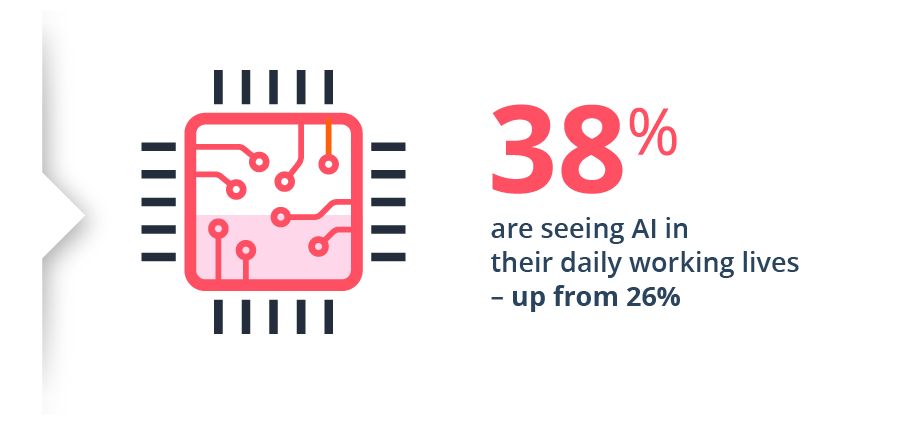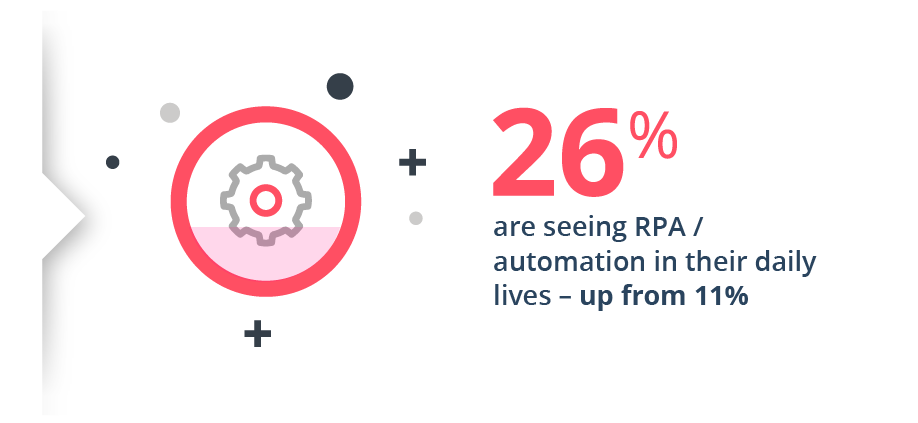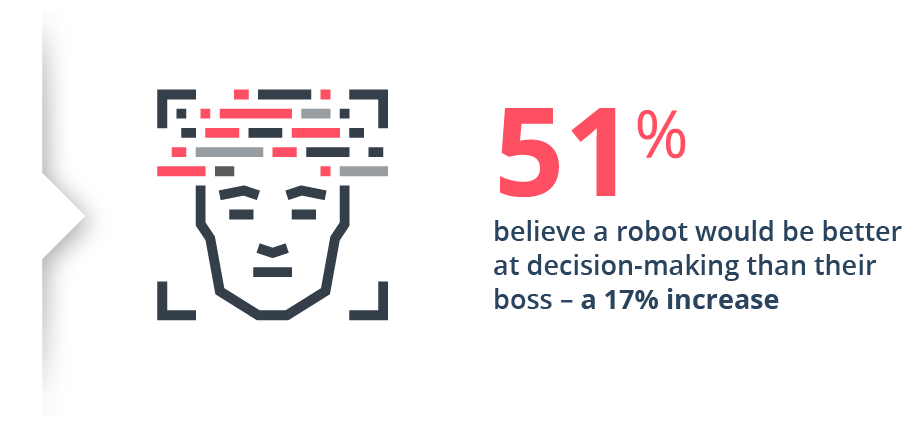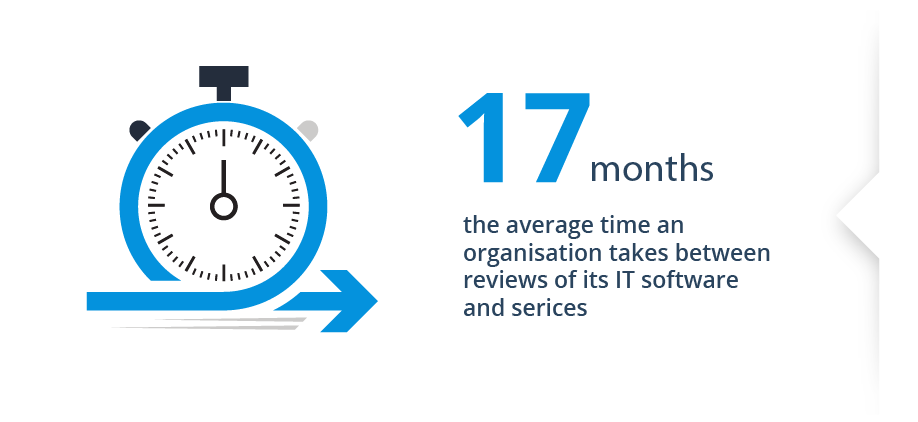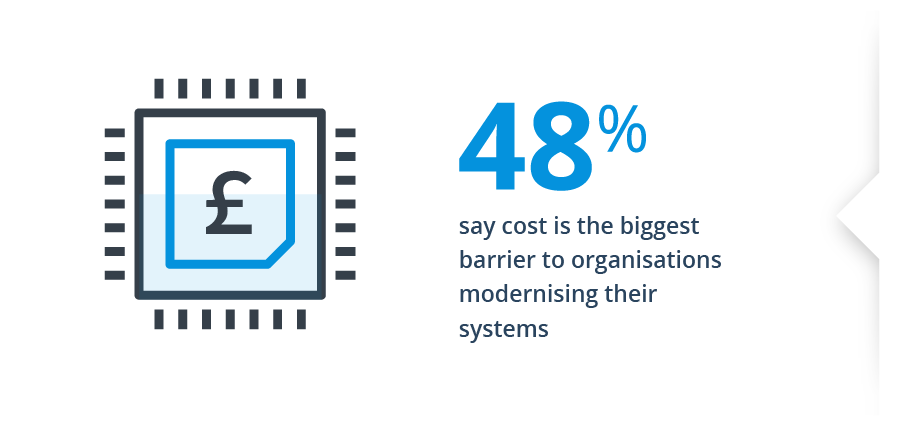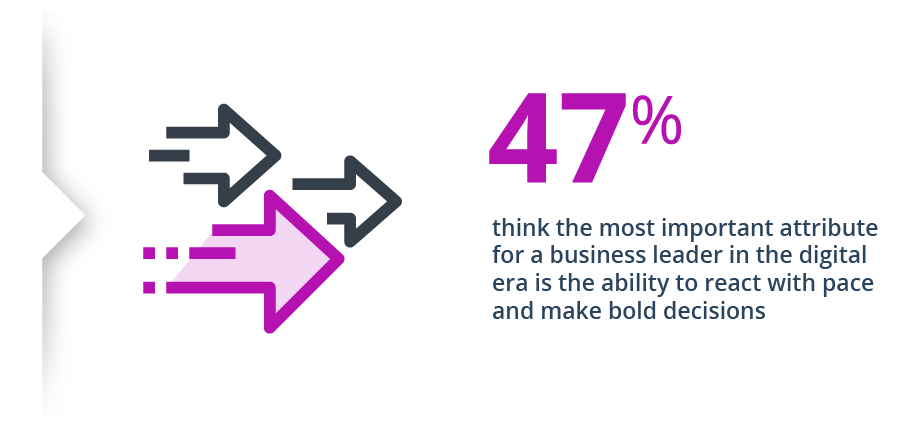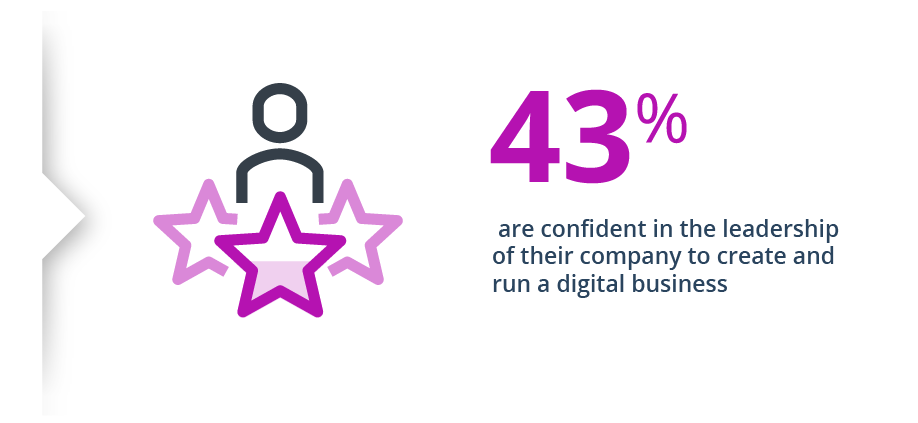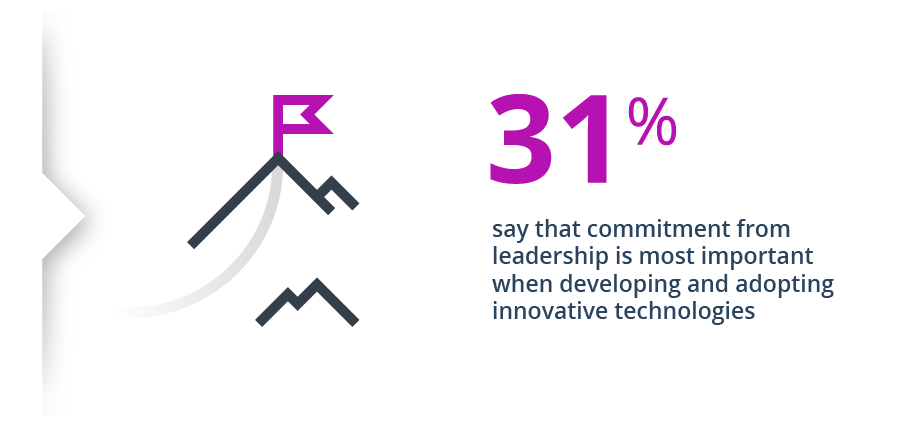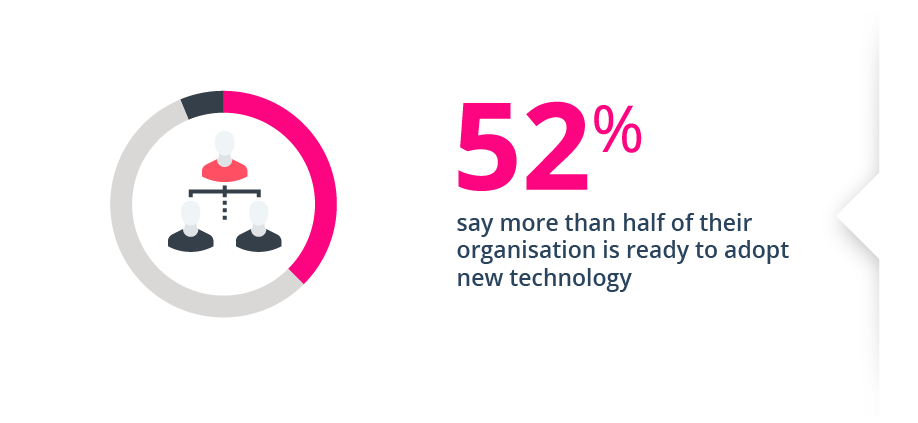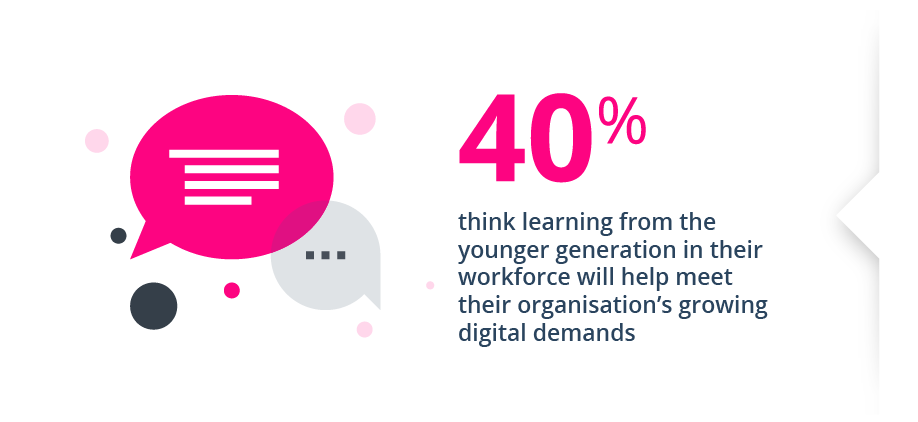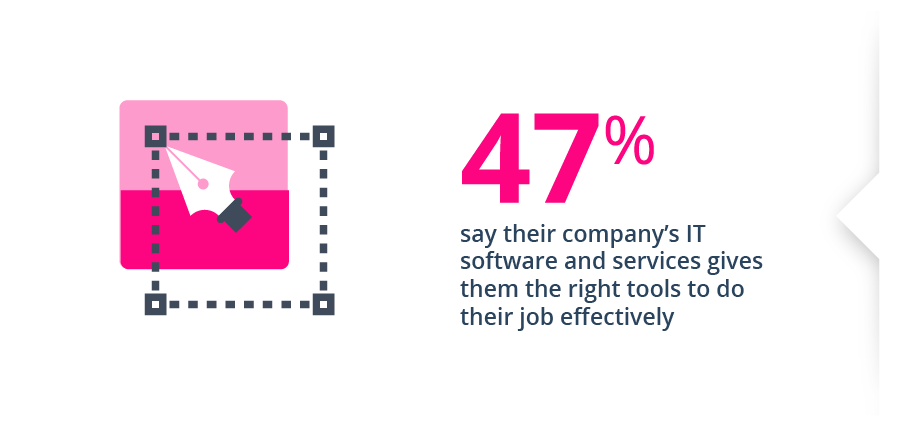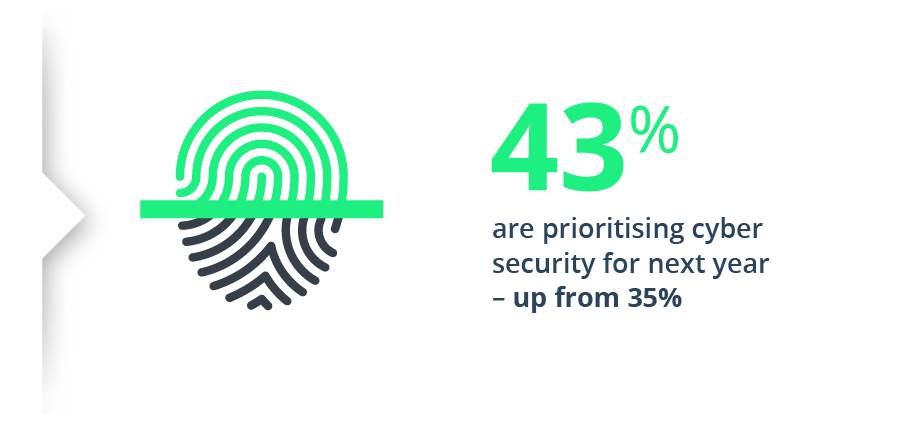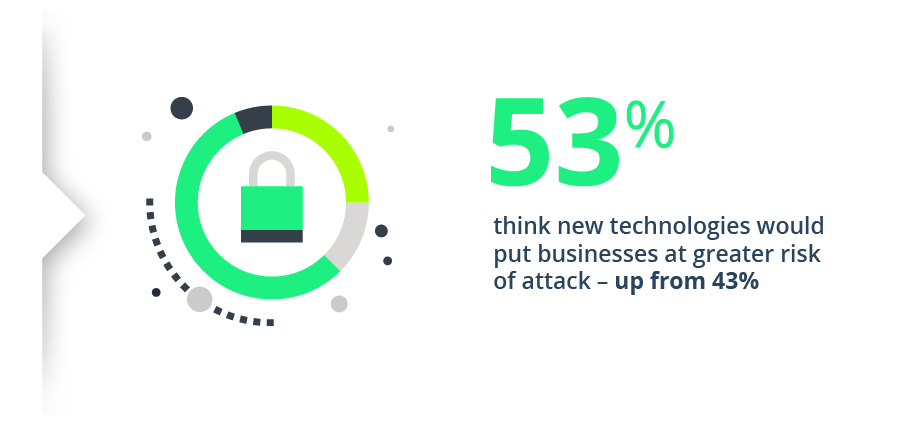Introduction
Our research has highlighted a number of key hurdles organisations are facing today. These include the host of mandatory regulations they are forced to contend with, as well as issues around IT spending, legacy systems, cyber security, leadership and digital skills – not to mention the distraction of Brexit.
Technology can help alleviate these pressures, so it is exciting to see businesses are starting to reap the rewards of the digital-first era – making them fit for the future and ready for these real and present business challenges.
The Trends Survey has shown the Cloud in particular is earning a reputation as the kingpin of the digital world. Meanwhile, Artificial Intelligence (AI), automation and wearable technologies, as well as chatbots, are fast deserving their spot as must-have tools in the day-to-day workplace.
The following summary extracts the key findings around the technology trends identified from this year’s Trends Survey. It also provides an overview of the state of digital readiness among our respondents and examines what businesses need to do to realise the benefits of transformational technologies.
“In this digital age, the skills and competencies we have as humans will become even more important. Automation and AI will offer more opportunities to add greater human value in the workplace.”



